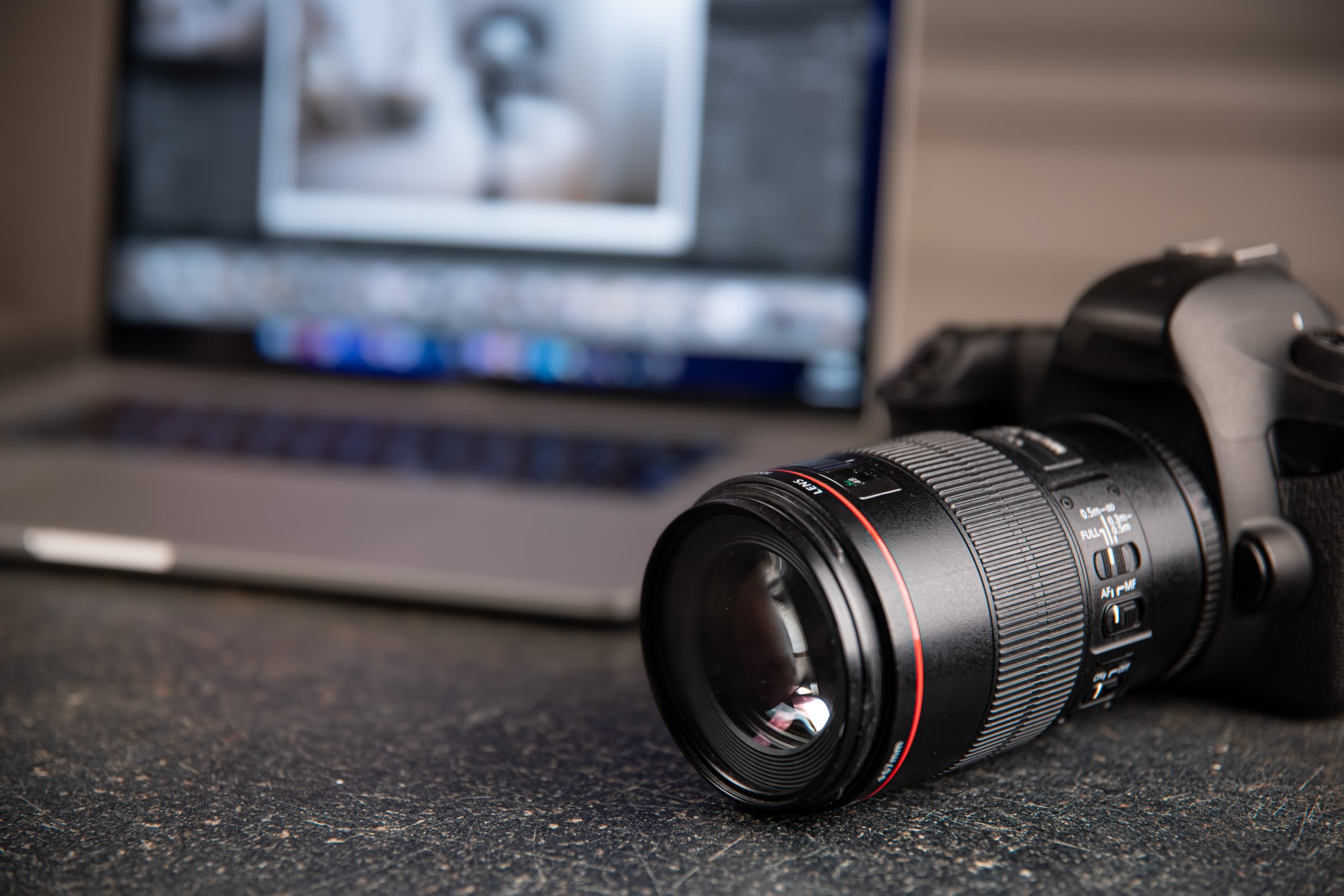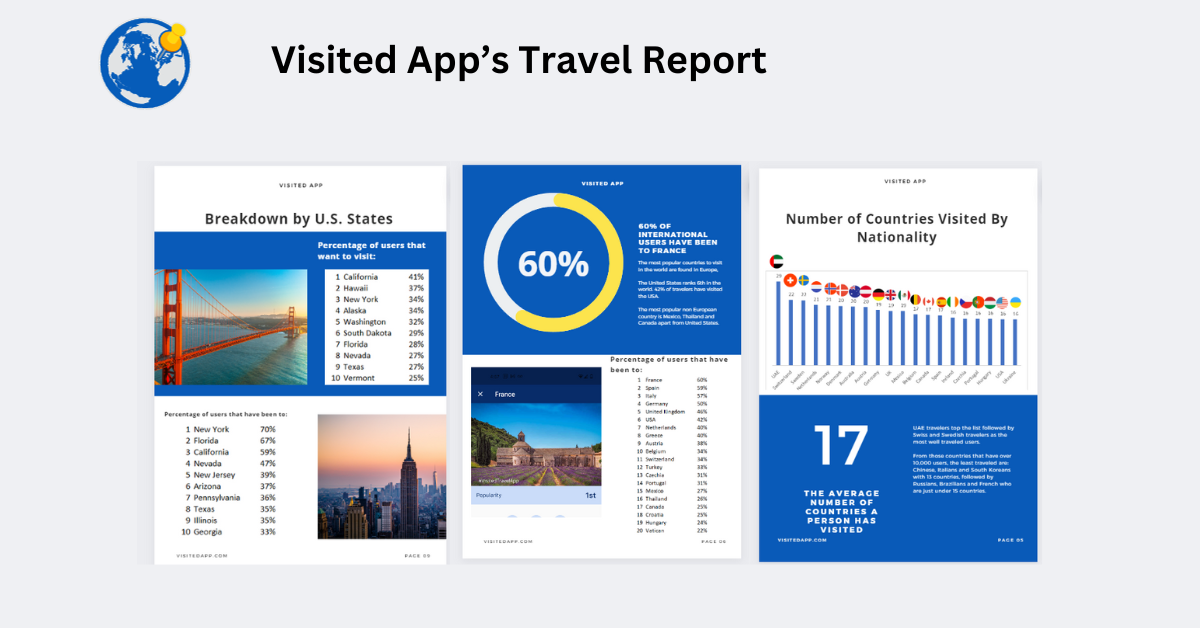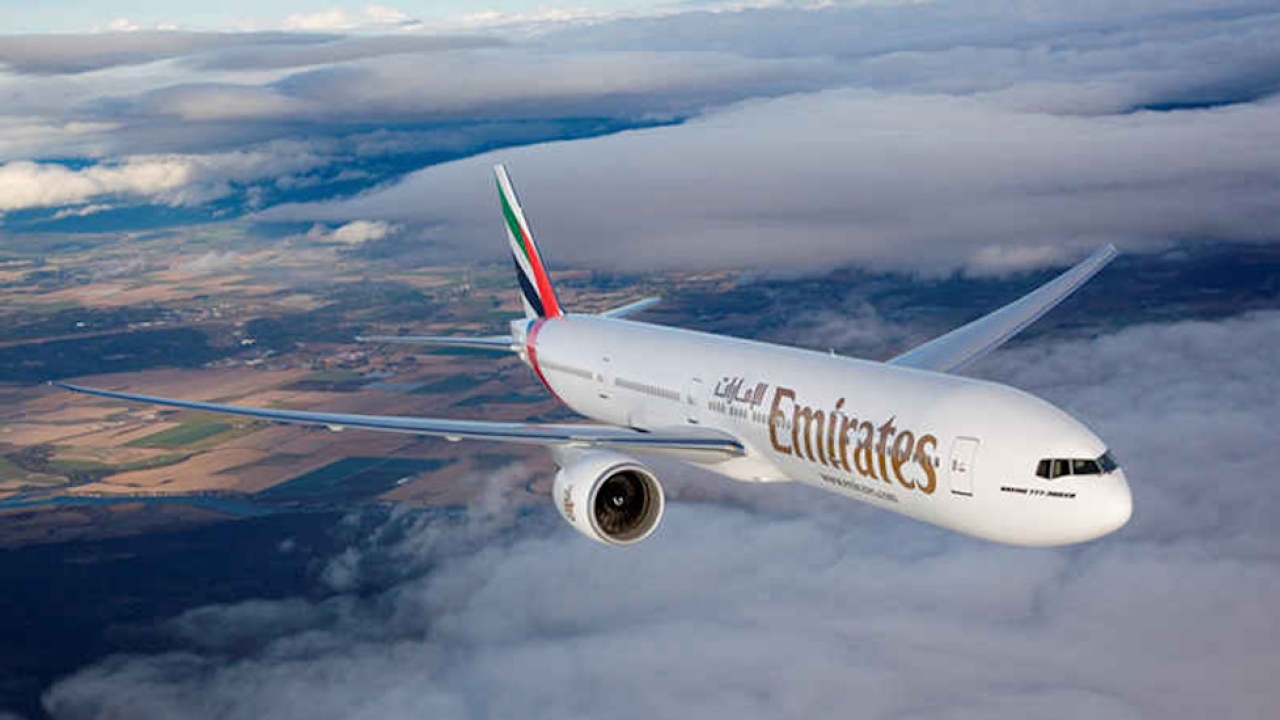Travel
On-the-Go Memories: Travel Photography Tips and Hacks Revealed

Do you often find yourself immersed in new and exciting destinations, capturing the beauty of the world through your camera lens?
Travel photography is all about the significance of preserving the precious moments and stunning sceneries you encounter during your adventures.
However, mastering the art of travel photography can be challenging, especially when you are constantly on the move.
Let’s provide you with essential photography tips that will help you capture and immortalise your travel memories on the go.
Key Takeaways:
- Plan ahead: Research your destination and find the best spots and times for photography.
- Lighting is key: Pay attention to the natural light and use it to enhance your photos.
- Composition matters: Be mindful of the rule of thirds and leading lines to create visually appealing photos.
- Capture the essence: Look for unique details and moments that represent the culture and atmosphere of the place.
- Stay flexible: Be open to spontaneous shots and embrace the unexpected for truly authentic memories.
Understanding Your Equipment
The first step to capturing great photos on your travels is understanding your photography equipment.
Whether you’re using a smartphone or a professional DSLR camera, knowing how to maximise its features and settings is essential for getting the best results.
Choosing the Right Camera for Travel Photography
When it comes to choosing the right camera for travel photography, there are a few factors you should consider.
Portability is key when you’re on the go, so a compact and lightweight camera is ideal for travel.
However, you also want a camera that offers versatility and the ability to capture high-quality images in various lighting conditions.
A mirrorless camera or a compact DSLR with interchangeable lenses can be a great option for travel enthusiasts, giving you the flexibility to switch between wide-angle and telephoto lenses for different shots.
Must-Have Camera Accessories for the Road
A sturdy tripod is invaluable for securing your camera in low light situations or capturing stunning long-exposure shots.
A high-quality camera bag is also a must to keep your gear safe and organized while on the road.
Additionally, investing in extra batteries and memory cards will ensure that you never miss a shot due to power or storage limitations.
Understanding Camera Settings for Optimal Results
Understanding your camera’s settings is crucial for achieving optimal results in your travel photography.
Knowing how to adjust aperture, shutter speed, and ISO based on the lighting conditions can make a significant difference in the quality of your images.
Experimenting with different settings and understanding their impact on the final image will give you greater creative control over your photography.
The Rule of Thirds and Composition Basics
When it comes to composing your travel photos, the rule of thirds is a fundamental principle that can elevate your shots.
By mentally dividing your frame into thirds both vertically and horizontally, you can position your subject or key elements along these lines and their intersections to create a balanced and visually appealing composition.
This helps to create depth and interest in your photos and draws the viewer’s eye into the image.
Remember, it’s not a strict rule, but a guideline that can help you create more compelling photographs.
Working with Natural Light and Weather Conditions
One of the most important aspects of travel photography is the lighting conditions. The quality and direction of natural light can significantly impact the mood and atmosphere of your images.
Embrace the golden hours, which occur during the first and last hours of sunlight, as they provide soft, warm light that can add a magical touch to your travel photos.
Additionally, be prepared to adapt to changing weather conditions.
Overcast skies can create a soft, diffused light that is ideal for portrait photography, while dramatic storm clouds can add a sense of drama and mood to landscapes.
Exploring Angles and Perspectives for Unique Shots
Don’t settle for the usual tourist perspective when capturing travel photos.
Experiment with different angles and perspectives to add a unique and fresh outlook to your images.
Get down low to capture a different viewpoint, or find a higher vantage point to showcase the grandeur of a location.
By exploring various angles and perspectives, you can create visually engaging photos that stand out from the typical travel snapshots.
Keep an open mind and be willing to explore different ways of seeing a scene.
The Travel Photographer’s Mindset
Now that you’ve embarked on your travel photography journey, it’s important to develop a mindset that will help you capture the essence of your experiences.
A travel photographer’s mindset is about embracing spontaneity, storytelling, and respecting the cultures and traditions of the places you visit.
Embracing Spontaneity and Serendipity
When you’re out and about exploring a new destination, embrace spontaneity and serendipity in your photography. Allow yourself to be open to unexpected moments and unique perspectives.
Keep your camera handy and be ready to capture fleeting moments that may not present themselves again.
Whether it’s a local market bustling with activity or a breathtaking sunset over the horizon, don’t be afraid to deviate from your planned shots and let the environment guide your lens.
Storytelling through Your Images
As a travel photographer, your images should tell a story. Instead of simply taking snapshots of famous landmarks or picturesque landscapes, try to capture the essence and atmosphere of the place. Incorporate elements that convey a sense of the local culture, traditions, and daily life.
Choose subjects that evoke emotion and offer insight into the unique experiences you encounter during your travels.
Remember that a powerful image is one that transports the viewer to the moment it was captured.
Respect and Cultural Sensitivity While Photographing
While photographing in different destinations, it’s essential to respect and be culturally sensitive to the local customs and traditions.
Always ask for permission before taking photos of people, especially in more intimate settings.
Take the time to understand the local customs regarding photography and be mindful of any sacred or sensitive locations where photography may not be appropriate.
Your goal is to capture the beauty of a place while showing respect for the people and their way of life.
By doing so, you can create a meaningful and authentic collection of images that truly reflect your travel experiences.
Capturing the Essence of a Place
Not only do you want to capture the iconic landmarks and attractions of a place, but you also want to capture the essence and spirit of the location.
To do this, focus on the unique characteristics and culture of the place.
Pay attention to the people, the way of life, the traditions, and the little details that make the destination special.
When you look at your photos, you want to be able to feel the atmosphere and energy of the place.
Architectural Wonders: Buildings and Structures
When photographing buildings and structures, pay attention to the unique architectural features, angles, and details that make them stand out.
Experiment with different perspectives and compositions to showcase the grandeur and beauty of these landmarks.
Consider capturing the buildings at different times of the day to take advantage of variations in light and shadows that can create stunning effects.
Landscapes and Nature Photography on the Road
As you travel, you’ll encounter breathtaking landscapes and natural wonders.
When photographing these scenes, think about composition, leading lines, and framing to create visually compelling images.
Use a tripod and long exposure techniques for capturing the dramatic effects of waterfalls, rivers, and sunsets.
You’ll want to encapsulate the grandeur and raw beauty of nature in your photos, so be mindful of the environmental impact and respect the natural habitats of the places you visit.
Street Photography and Urban Environments
When exploring cities and urban environments, street photography becomes an essential part of your travel photography.
Capturing the hustle and bustle of daily life in the streets, the local markets, and the interactions among people can provide a unique and insightful perspective of a place. Pay attention to the architecture, street art, and cultural events that add character to the city.
Embrace the energy and vibe of the urban landscape and let it shine through in your photos.
Overcoming Challenges
Keep in mind that traveling to different locations for photography can present unique challenges that you may not encounter in your familiar surroundings. However, with the right techniques and mindset, you can overcome these challenges and capture stunning images that will last a lifetime.
Dealing with Difficult Lighting Scenarios
When you’re traveling, you may encounter a wide range of lighting conditions, from harsh midday sun to low-light situations. In these challenging scenarios, it’s important to adjust your camera settings to compensate for the lighting.
This may involve using a lower ISO and smaller aperture in bright conditions or increasing the ISO and using a wider aperture in low-light situations.
Handling Crowds and Busy Tourist Spots
Popular tourist destinations can be crowded and chaotic, making it difficult to capture the perfect shot.
To overcome this challenge, try to arrive early in the morning or late in the evening when the crowds are thinner. Additionally, consider exploring off-the-beaten-path locations that offer unique perspectives without the hustle and bustle of tourist hotspots.
Safety and Security of Your Gear While Travelling
When you’re on the go, it’s crucial to prioritize the safety and security of your photography gear. Invest in a sturdy, comfortable camera bag that’s built for travel and make sure it’s always with you.
Be mindful of your surroundings and avoid leaving your gear unattended, especially in busy public spaces. Additionally, consider purchasing travel insurance for your gear to protect against theft or damage while you’re on the road.
Post-Processing and Organisation
To truly make the most of your travel photos, it’s essential to understand the importance of post-processing and organization. This chapter will guide you through the process of editing, organizing, and sharing your images to ensure that your memories are preserved and presented in the best possible way.
Basic Editing Techniques for Travel Photos
When it comes to editing your travel photos, there are a few basic techniques that can make a huge difference in the final result.
Adjusting the exposure and contrast, enhancing colors, and cropping are some of the key things to consider.
You can use photo editing software such as Adobe Lightroom or Photoshop to fine-tune your images and bring out the best in them. Remember, the goal of editing is to enhance the natural beauty of the scene you captured, not to create a completely different reality.
Organising and Backing Up Your Images Efficiently
Keeping your travel photos organized and backed up is crucial to ensure that your memories are safe and easily accessible. Start by organizing your images by location, date, or event to make them easier to find. It’s also a good idea to create a system of backups to protect your images from loss. Use external hard drives, cloud storage, or a combination of both to ensure that your images are secure.
Sharing Your Work: Blogs, Social media and Print
Once you’ve edited and organized your travel photos, it’s time to share them with the world.
Consider starting a travel blog to showcase your images and share your experiences with others.
Social media platforms such as Instagram and Facebook are also great places to share your work and connect with other travel enthusiasts.
If you want to take it a step further, you can print your favorite images and create a physical photo album to revisit your memories in a tangible way.
FAQ
Why is photography important for travel enthusiasts?
Photography allows travel enthusiasts to capture and preserve the memories of their adventures. It helps in documenting different cultures, landscapes, and experiences during their travels.
What are some essential photography tips for travel enthusiasts?
Some essential tips include learning to use natural light to your advantage, paying attention to composition, and experimenting with different angles and perspectives.
What equipment should a travel photographer carry?
A travel photographer should carry a reliable camera, extra batteries, memory cards, a lightweight tripod, and a variety of lenses to cover different focal lengths.
How can a travel enthusiast improve their photography skills on the go?
Practice is key. Taking the time to actively seek out interesting subjects, experiment with different techniques, and constantly review and critique your own work will help improve your skills on the go.
What are some tips for photographing people while traveling?
Always ask for permission before taking someone’s photo, be respectful of cultural sensitivities, and try to capture genuine moments and emotions instead of just posed shots.
How can one store and backup their travel photos while on the go?
Utilise cloud storage services or portable hard drives to back up your photos. It’s also a good idea to upload to social media or email them to yourself for an additional backup option.
How can a travel enthusiast use photography to tell a story with their travel experiences?
A travel enthusiast can use photography to capture not only the sights, but also the people, the atmosphere, and the emotions of their travel experiences, creating a visual narrative that tells the story of their journey.
Travel
Visited App Reveals Top 25 Global Wonders Rankings

The travel app Visited, which was developed by Arriving In High Heels Corporation, has published a list of the top 25 most visited World Wonders. World Wonders can be found around the world, and include natural wonders such as the Grand Canyon ranked 12th or man-made such as the Eiffel Tower which is the most visited wonder in the world. Big Ben is found in the 7th spot, while driving distance Stonehenge comes in the 18th spot, and the unique ride between England and France, the Channel Tunnel, comes in the 23rd spot. Europe, followed by the United States have the highest number of visited wonders, which is not surprising as they are high on every traveler’s wish list. While the majority of World Wonders are found in Europe, a few exceptions include: Sydney Opera House, Chichen Itza, Marrakesh and the Great Wall of China.
The top 5 most visited World Wonders include: the Eiffel Tower, the Colosseum, Venice, La Sagrada Familia, and the Empire State Building.
The list is based on over 2,000,000 users who are avid travelers, that use the travel app, Visited. The app allows users to mark off famous places based on travel lists including most visited beaches, churches, opera houses, golf destinations, cruise ports and others. Other features of the app include: personalized travel map of where you have been or wish to visit, and travel stats and itinerary which ranks your top destinations based on your bucket list.
Travel
Live and Work on Mars? NASA’s Seeking Applicants

NASA’s crew criteria
A series of Mars simulations
Travel
Emirates Expands Services in Australia with Second Daily Flight to Perth

Emirates will ramp up its operations in Australia by upgrading its second daily flight between Dubai and Brisbane to an A380 starting from October 1.
The airline will also add a second daily service between Dubai and Perth operated by a Boeing 777-300ER starting from 1 December.
From 1 October, Emirates’ second A380 flight EK430 to Brisbane will depart Dubai at 0230hrs, arriving in Brisbane at 2220hrs. Emirates’ return flight EK431 will depart Brisbane at 0155hrs, arriving in Dubai at 1005hrs. All times are local.
The additional flight to Perth will be operated by an Emirates Boeing 777-300ER. Starting from 1 December, Emirates flight EK424 will depart from Dubai at 0915hrs and arrives in Perth at 0005hrs the following day. Emirates’ return flight EK425 will depart from Perth at 0600hrs and arrives in Dubai at 1310hrs. All times are local.
Barry Brown, divisional vice president Australasia at Emirates, said: “We’re pleased to offer more choice and opportunities for Australians traveling from Brisbane and Perth through the ramp up of our operations. It’s a demonstration of the importance of both gateways for tourism and trade, and Emirates’ commitment to ensure convenient schedules and comfortable connections to and through Dubai. Whether it’s the advantage of seamless afternoon connections from Dubai to a wealth of destinations across Europe on the second Perth flight, or a full A380 experience to and from Brisbane to close to 50 cities served by our flagship, we’re creating access to diverse opportunities for business, leisure, culture, and more.
“The ramp up is also a testament to our commitment in enhancing global connectivity to our Australian gateways and supporting tourism and trade growth opportunities.”
Gert-Jan de Graaff, Brisbane Airport chief executive officer, said: “The A380 will allow up to 100,000 extra passengers per year to travel between Queensland and Europe, which is Brisbane’s second busiest international destination. Now in its 21st year of serving Brisbane, Emirates is our number one mover of people to and from Europe.
“Importantly, Emirates stands out from the pack as the leading airline in over the bay operations, reducing noise impacts on the local community. More than two-thirds of all overnight Emirates flights have been over Moreton Bay during the period from July to December 2023. We congratulate Emirates on that performance and look forward to continued collaboration across all airlines.
-
Business2 years ago
How to Earn Money Writing Blog Posts in 2023: A Comprehensive Guide
-
Games2 years ago
How does Dead Space Remake enhance the Horror Classic of 2008
-
Video2 years ago
Everything you need to know about Starfield
-
Health2 years ago
How is Yoga and Pilates Bridging the Gap Between your Mind and Body
-
World2 years ago
Swiss Pharma Powerhouse Acino Expands into Latin America with M8 Pharmaceuticals Acquisition
-
Health2 years ago
Migraine medications significantly improve the quality of life
-
Self Improvement2 years ago
Enhancing Relationships and Emotional Intelligence Through Mindfulness Meditation
-
Video2 years ago
Winners and Losers of the 2023 NSW budget revealed




































